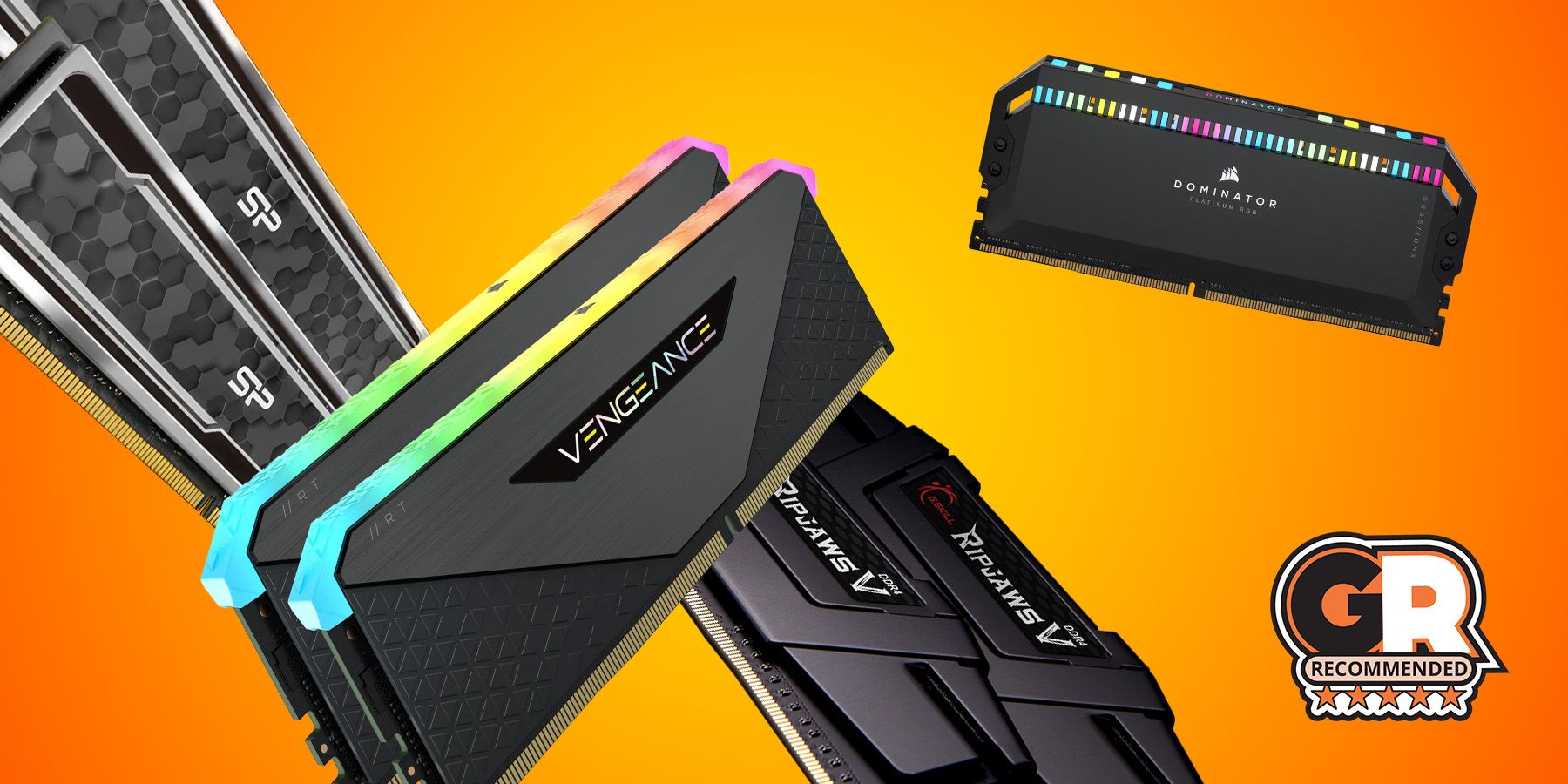MTX in Gaming: Understanding Microtransactions and Their Impact
What are MTX in gaming?
MTX, short for microtransactions, refer to small financial transactions within video games where players purchase virtual goods with real world money. These purchases typically involve small amounts of money for in game items, features, or currency. Unlike traditional gaming models where players pay formerly for the full experience, microtransactions represent an ongoing revenue stream for game developers and publishers.
Microtransactions have become progressively prevalent across all gaming platforms, include pc, console, and mobile games. They range from cosmetic items that change a character’s appearance to gameplay advantages that can affect the competitive balance of a game.
The evolution of microtransactions
Microtransactions weren’t ever a staple in the gaming industry. Their evolution trace game to the early 2000s, with Asian free to play MMORPGs pioneer the model. These games offer free base gameplay but monetize through small purchases for additional content or advantages.
The concept gain mainstream popularity with mobile gaming, where the free to play model with in-app purchases become dominant. Games like
Candy Crush saga
Demonstrate the immense profit potential of microtransactions, inspire many developers to adopt similar models.
As digital distribution platforms like steam, PlayStation network, and Xbox Live marketplace expand, microtransactions find their way into premium console and pc games. What begins as optional downloadable content( DLC) evolve into more granular purchases integrate forthwith into the gameplay experience.
From DLC to loot boxes
The evolution continue with the introduction of loot boxes — randomize rewards that players purchase without know the exact contents. This gambling like mechanism become controversial, lead to regulatory scrutiny in several countries. Belgium and the Netherlands have efficaciously banned loot boxes, classify them as gambling, while other nations continue to debate appropriate regulations.
The industry has respond to criticism by implement transparency measures, such as disclose drop rates for items in loot boxes, and in some cases, move aside from randomized purchases toward direct purchases where players know incisively what they’re bought.
Types of microtransactions in games
Microtransactions come in various forms, each with different impacts on gameplay and player experience:
Cosmetic items
Cosmetic microtransactions include skins, outfits, emotes, and other visual customizations that don’t affect gameplay. These are oftentimes consider the virtually acceptable form of MTX because they don’t create competitive advantages. Games like
Fortnite
And
League of Legends
Have build successful business models mainly around cosmetic purchases.
Players purchase these items to express themselves, show support for the game, or gain social status within the gaming community. The appeal of exclusive or limited time cosmetic items drive significant revenue for many games.
Pay to win elements
More controversial are pay to win microtransactions, which offer gameplay advantages to pay players. These might include powerful weapons, character boosts, or resources that would differently take significant time to earn through gameplay.
Pay to win elements are peculiarly contentious in competitive games, where they can create an uneven playing field between pay and non-pay players. Many gamers criticize these mechanics for undermine skill base competition and create artificial barriers to progression.
In game currency
Virtual currencies serve as intermediaries between real money and in game purchases. Players buy currency packages (gems, coins, points, etc. )with real money, so spend that currency on various in game items or features.
This system much obscures the real world cost of items and can lead to currency conversion confusion. Additionally, currency is often sell in packages that don’t align with item costs, leave players with leftover currency that encourage additional purchases.
Season passes and battle pass
Season passes or battle passes offer a progression system where players unlock rewards by play the game and completing challenges over a limited period. Players typically purchase access to the premium track of rewards, while a free track with fewer rewards remain available to all players.
This model encourages regular engagement with the game and provide a structured path to earn cosmetics and other rewards. Games like
Fortnite
,
Apex Legends
, and
Call of Duty: war zone
Have popularized this approach, which many players find more palatable than randomize loot boxes.
Subscription services
Some games offer subscription services that provide ongoing benefits like premium currency, exclusive items, or gameplay advantages for a recur fee. These might exist alongside other microtransaction types or serve as the primary monetization method.
Examples include
Fallout 76’s
Fallout 1st membership and
Elder Scrolls online’s
ESO plus, which offer subscribers additional storage space, exclusive areas, and regular allotments of premium currency.
The business model behind MTX
Microtransactions have basically changed the economics of game development and publishing. They provide ongoing revenue streams that extend far beyond initial game sales, allow developers to support games with updates and new content for years.
Free to play revolution
The free to play model, power by microtransactions, has democratized access to gaming by remove the upfront cost barrier. This approach rely on convert a percentage of the player base into pay customers while maintain a large community ofnon-payy players who contribute to the game’s ecosystem and social environment.
This model typically follows th” whale” paradigm, where a small percentage of players ((ometimes less than 5 % ))ccount for the majority of revenue through large spending. These high spend players efficaciously subsidize the experience for nonnon-payingers.
Live service games
Microtransactions enable the” games as a service ” pproach, where titles receive continuous updates kinda than finite releases. This model benefit both players and developers — players receive ongoing content and support, while developers maintain steady revenue streams that fund continued development.
Successful live service games like
Fortnite
,
Grand Theft Auto online
, and
Rainbow six siege
Demonstrate how microtransactions can sustain games for many years, with some generate more revenue yearn after release than during their launch period.
Controversies and criticisms
Despite their business benefits, microtransactions have generated significant controversy within the gaming community and beyond.
Gambling concerns
Loot boxes and similar randomized reward systems have draw comparisons to gambling, especially concern their impact on younger players. Critics argue these mechanics exploit psychological vulnerabilities and can lead to problematic spending behaviors.
Research continue to examine connections between loot box spending and gambling behaviors, with some studies suggest correlations between the two. This has prompt calls for age restrictions, spending limits, and other protective measures.
Manipulative design
Some microtransaction implementations employ psychological tactics design to maximize spending. These might include limit time offers that create fear of miss out (fFOMO) artificial scarcity, or advisedly frustrating gameplay that can be bybypassedith purchases.
Critics argue these designs prioritize monetization over player enjoyment and can damage the integrity of game design. The term” predatory monetization ” as ememergedo describe peculiarly aggressive implementations that target vulnerable players.
Value perception
Players oftentimes debate whether microtransactions offer fair value. Concerns include high prices for digital items with no resale value, content being withheld from the base game to sell individually, and the cumulative cost of microtransactions potentially exceed traditional game prices many times over.
The controversy reach a peak with ea’s
Star Wars battlefront ii
Launch, where progression tie loot boxes create such backlash that the company entirely revamp the game’s monetization system and spark international regulatory attention.
The player perspective on MTX
Player attitudes toward microtransactions vary wide base on implementation, game genre, and individual preferences.
Acceptance factors
Players broadly show greater acceptance of microtransactions when:
- They’re limited to cosmetic items with no gameplay impact
- The base game provides complete, satisfy experiences without purchases
- Prices feel fair relative to to perceive value
- Purchase items can be earned through gamepla(( eventide if more slo))
- The system is transparent about costs and odds
- Revenue visibly support ongoing development of new content
Games like
Path of exile
And
Warframe
Have earned praise for fair free to play models where microtransactions feel optional preferably than mandatory.
Rejection factors
Conversely, players typically reject microtransactions when:

Source: blog.payproglobal.com
- They create” pay to win ” cenarios in competitive games
- Basic functionality or content feels purposely withhold to sell individually
- They appear in total price premium games (” ddouble-dipping”
- Prices seem exploitative or disconnect from value
- Progression is unnaturally slow to encourage purchases
- Systems lack transparency about costs or probabilities
The community backlash against aggressive monetization has force publishers to reconsider their approaches in several high profile cases.
The future of MTX in gaming
Microtransactions will probably will remain a cornerstone of gaming business models, but their implementation will continue to will evolve in response to player feedback, regulatory pressure, and market competition.
Regulatory developments
Increase regulation seem inevitable as governments global examine the gaming industry’s monetization practices. Future regulations may mandate:
- Clear disclosure of odds for randomized purchases
- Age verification for games with gambling like mechanics
- Spending limits or cool off periods
- Restrictions on certain monetization techniques in games market to children
The industry may proactively self regulate to avoid more restrictive external regulation, as see with the entertainment software rating board (eESB))dd in game purchase labels to game ratings.
Emerging models
New approaches to monetization continue to emerge, include:
- Battle pass systems that reward engagement kinda than direct purchases
- Transparent direct purchase systems replace randomized loot boxes
- Cross game ecosystems where purchases carry value across multiple titles
- Integration with blockchain technology and NFTs (though this rremainscontroversial)
- Hybrid models combine subscription services with optional microtransactions
These evolving models seek to balance business needs with player satisfaction and regulatory compliance.
Make informed choices as a player
With microtransactions securely establish in gaming, players can benefit from approach them thoughtfully:
Set personal boundaries
Establish spending limits before play and tracking purchases can help maintain control over gaming expenses. Many platforms nowadays offer parental controls and spending limits that can assist with budgeting.

Source: blog.payproglobal.com
Understand the psychological tactics use in microtransaction design can help players make more deliberate choices instead than impulsive purchases. Recognize FOMO tactics and artificial scarcity can reduce their effectiveness.
Vote with your wallet
Consumer choices finally influence industry practices. Support games with fair monetization models while avoid those with exploitative systems send a message to developers and publishers about acceptable practices.
Community advocacy has proved effective in prompt changes to especially aggressive monetization schemes, demonstrate that player feedback matters.
Conclusion
MTX in gaming represent a complex intersection of business interests, player experiences, and ethical considerations. While microtransactions have enabled new business models that support ongoing game development and free access to quality games, their implementationrequirese careful balance to maintain player trust and game integrity.
The virtually successful implementations treat microtransactions as optional enhancements to already complete experiences instead than mandatory purchases to overcome artificial barriers. As the industry will continue to will mature, find this balance will remain crucial for developers seek long term success in a progressively competitive market.
Understand the various forms of microtransactions and their implications help players make informed decisions about their gaming experiences and spending habits. Whether embrace or avoid games with MTX, knowledge empowers players to engage with these systems on their own terms.
MORE FROM grabjobtoday.com













